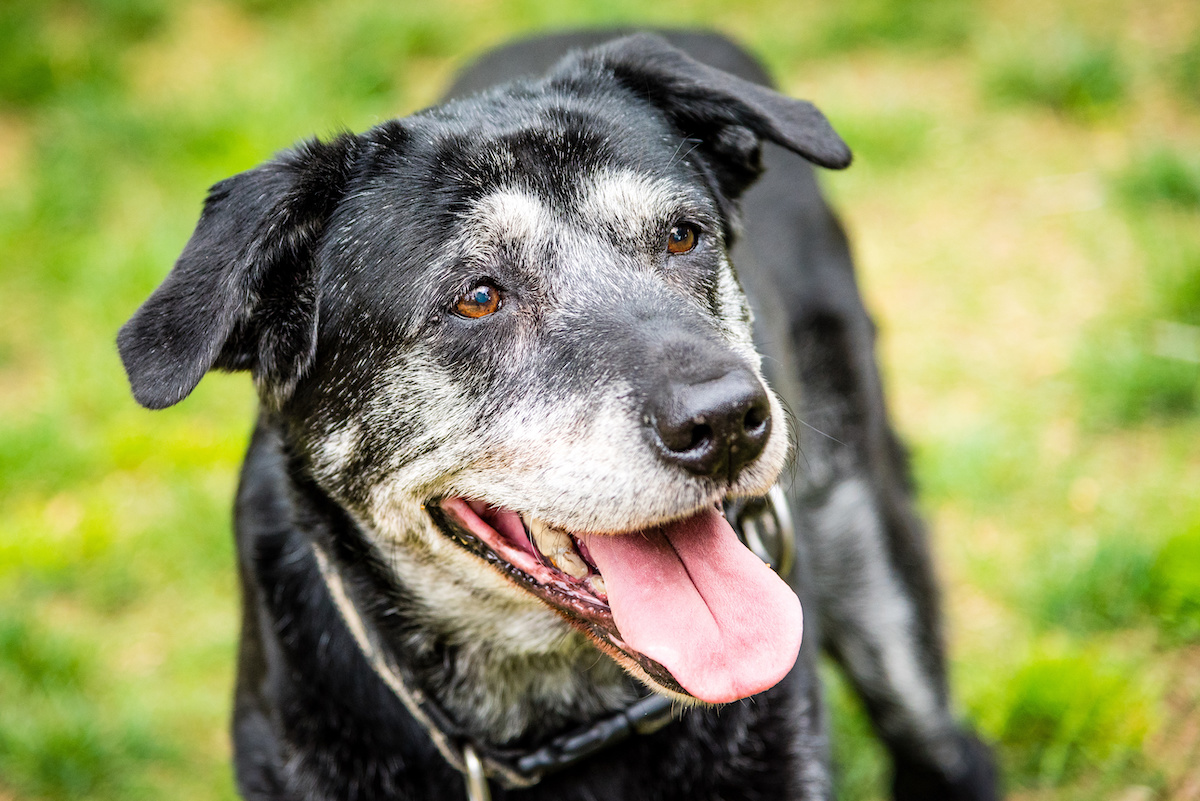A pet can feel like a member of the family. For most, the loss of a pet can be a very hard and emotional experience. The grieving process after the loss of a pet can be a very hard, emotionally exhausting process. The conversation about death tends to avoided and is considered an overall taboo subject. Because of this, there are many misconceptions about the death of an animal companion. Unfortunately, this can lead to a diminished quality of life in the later years of a pet’s life. As we all know, ignoring reality doesn’t make it change. Let’s explore some of the most common misconceptions and make an effort to clear them up.
Myth #1: The loss of a pet is incomparable to that of human life. You should limit the grieving process following the loss of a pet as not to devalue other losses.
Let us start by saying this – it is wrong to judge anyone for their own personal grieving process. You have the right to feel the pain and process your emotions. In fact, it is healthier to “feel your feelings”. The loss of a companion is hard and taking the time to process the loss is completely normal.
Myth #2: Once a large dog is down, it is time for euthanasia.
This is tricky because it really depends on multiple factors. Generally, when a large dog has end-stage arthritis and they are too weak or in too much pain to get up on their own, they are euthanized. In some cases, exploring pain management treatment is an option. Some owners even carry their big dog to help relieve them from pain as long as possible. Pain management treatments are often overlooked as options when they could enhance and prolong the quality of life for your pet. Starting the treatments at the earliest signs of discomfort is the best option and in some cases can give “down” dogs a second chance.
Myth #3: Pain medication is dangerous
Treating pain is perfectly normal. A lot of people make the remarks saying that they would rather their pet be in pain than be groggy from pain medication. Considering the fact that your pet likely doesn’t have to operate heavy machinery or go to work, being a little more sleepy than usual is okay. Many people also like to assume that if their pet is not actively crying, then they are not in pain. This is also wrong – pain can go undetected. That being said, if they are limping, then something probably doesn’t feel right.
However, if your pet is reacting to the pain medication where they are stumbling around the house and tripping over themselves, then it might be time to make a change. A different dosage or type of medication can help this issue. Just like human pain medications, these medications can have side effects. Make sure you are monitoring your pet and working closely with your veterinarian. Track any changes in your pet to ensure you are using these drugs safely with your beloved pet.
Myth #4: You killed your pet by euthanasia and you should feel guilty about it.
Euthanasia should not be viewed as a negative option. When the alternative is prolonged pain and suffering, euthanasia can be a gift of relief and peace to your pet. When faced with the choice of euthanasia, it can be one of the most difficult choices a pet owner has to make. Times like this show the immense amount of love and compassion shared between a pet and their owner. Euthanasia can be a selfless act and we have to remember to do whatever is in the best interest of the animal, not ourselves.
Myth #5: There is a “perfect” time to euthanize your pet.
In an ideal world, there would be a perfect time for everything. Unfortunately, there is no “perfect” time for euthanasia, and attempting to hit this imaginary target can cause people even more grief. Generally, there is a range between being “too early” and being “too late” that we try to aim for. Having a veterinarian there to help during this process can make it easier overall. Animal Care Center is trained in keeping your pet comfortable throughout the entire process and also helping support you and your family during this difficult time.
Myth #6: You should replace a pet as quickly as possible to make the grieving process easier.
An animal companion cannot be “replaced”. Rushing out to fill the empty gap left after the passing of a pet can make the grieving process even harder. In addition to this, people can be resistant to the new pet and make the assimilation into the family for the pet even more complicated. It is best to feel emotionally ready before getting a new pet. Otherwise, rushing to get a replacement pet is not good for the owner nor the new pet.
At Animal Care Center we are here for you in every stage of your pet’s life. To make sure your pet is healthy throughout their life and so that the end of their life has the best quality possible. If you would like to speak with one of our experts, call or contact us today.






